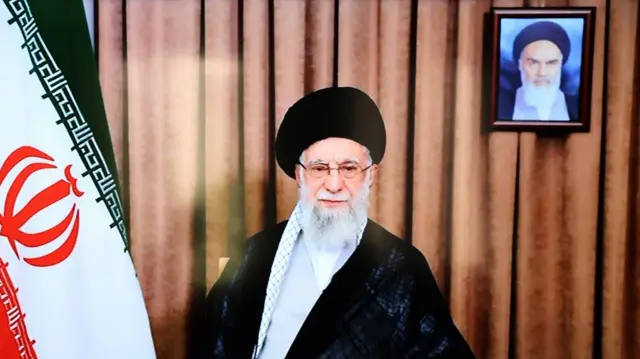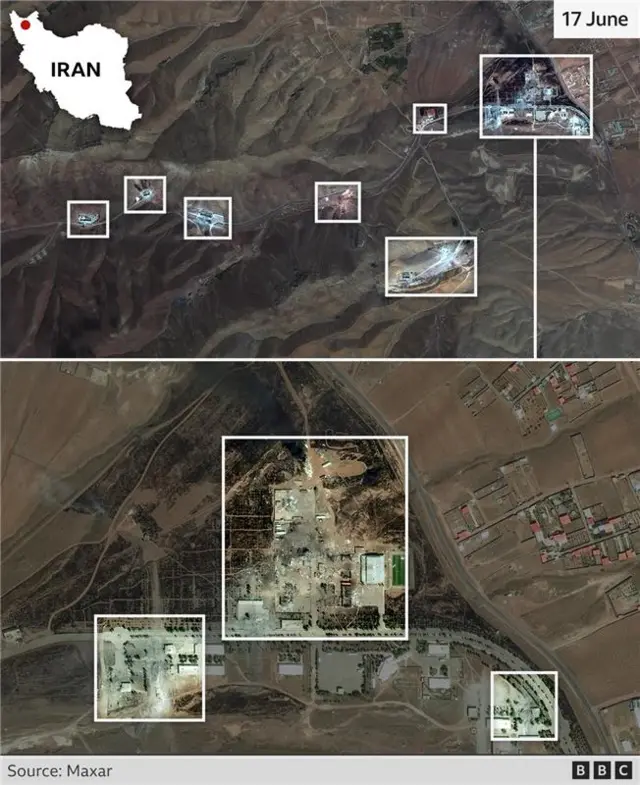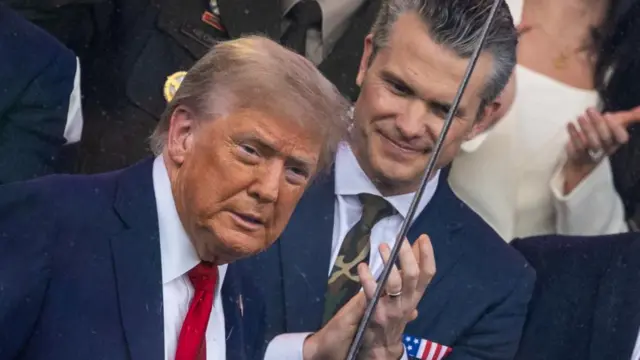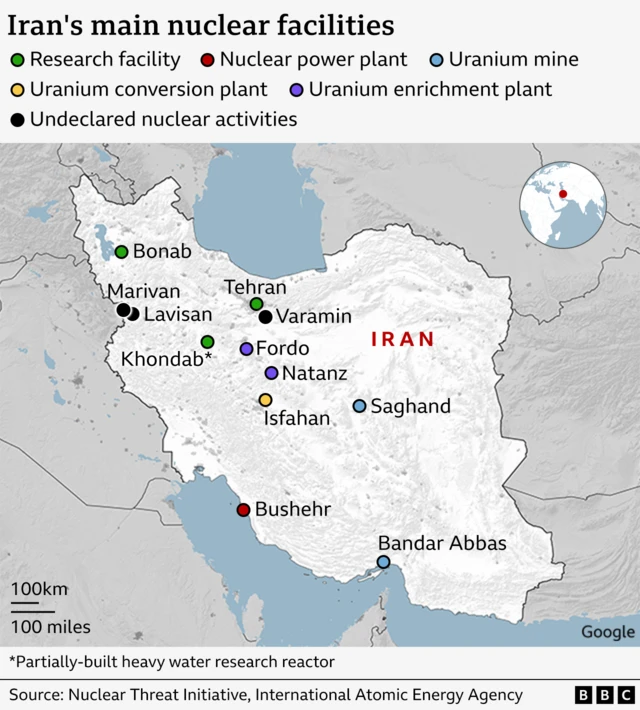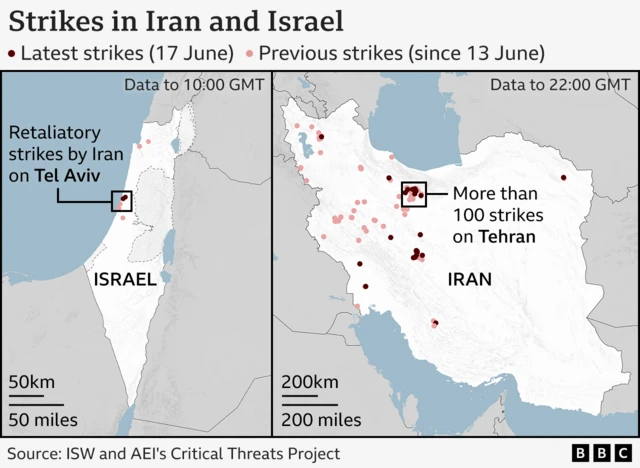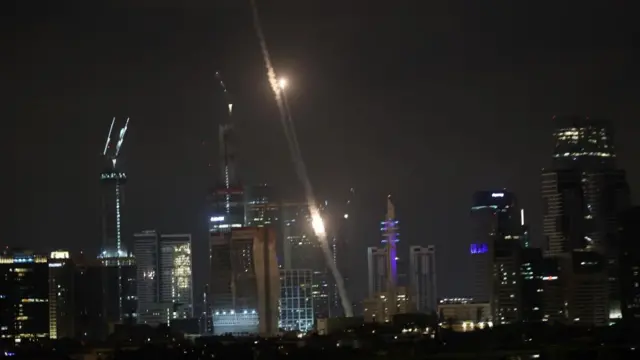
A critical juncturepublished at 13:06 BST 18 June
 Frank Gardner
Frank Gardner
Security correspondent
This conflict has now reached a critical juncture. What Donald Trump decides to do or not to do could shape what happens next in the Middle East.
Today’s televised broadcast from Iran’s Supreme Leader, Ayatollah Ali Khamenei, has dispelled any misguided hopes that the Islamic Republic was about to sue for peace.
On the contrary, the ageing Ayatollah has thrown down his own gauntlet to Trump, threatening dire retaliation if America joins in Israel’s attacks.
Iran may have been severely weakened, not just by the last few days’ sustained Israeli air strikes but by the loss or dismantling of its regional proxies in Lebanon, Syria and Gaza.
But it can still do a lot of damage. Top of its target list if the US attacks Iran will be the numerous US bases spread up and down the Gulf. The US Navy’s 5th Fleet HQ at Mina Salman in Bahrain is an obvious target but so too are America’s bases in Iraq and Kuwait.
But it doesn’t end there. The September 2019 massed drone attack on Saudi Arabia’s petrochemical industry was a salutary lesson in just how vulnerable the Gulf’s economic assets are to Iranian missiles and drones.
If the Iranian regime felt its very survival was in danger, or if it decided its Gulf Arab neighbours were complicit in attacking it then it could well be tempted to lash out at desalination plants, oil export terminals or even mine the strategic Strait of Hormuz, choking off nearly 30% of the world’s oil supplies.
